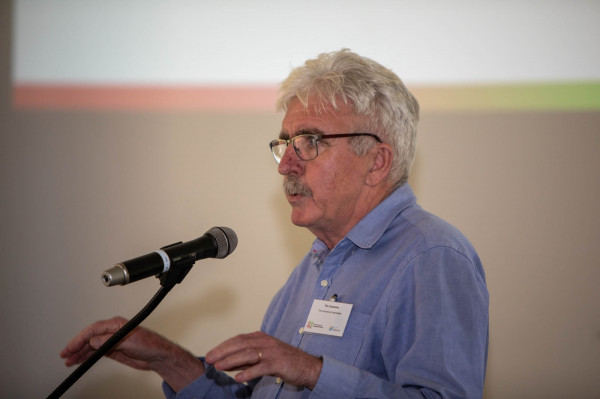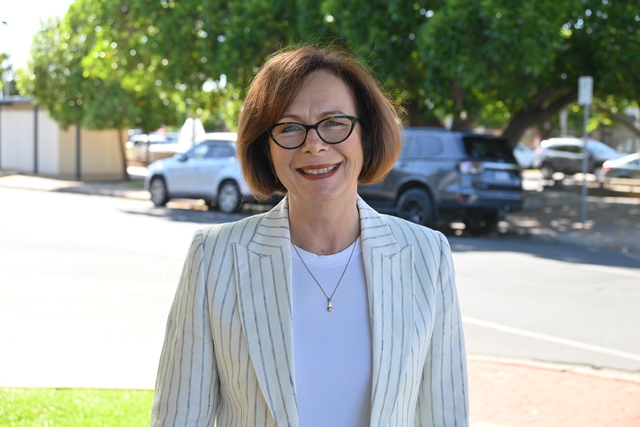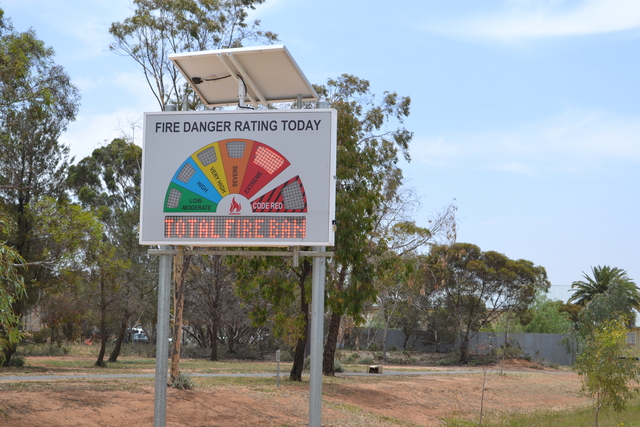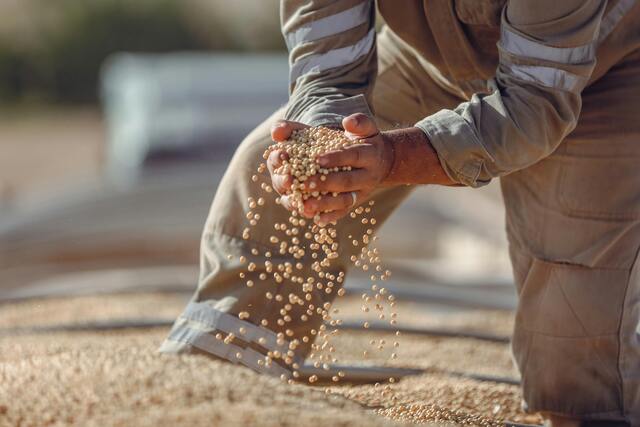A SMALL army of the scientists and researchers who will help drive the agricultural future of the Mallee brought a focus on drought when they recently visited the region.
The visit was part of the launch of the latest Mallee Regional Innovation Centre (MRIC) reports exploring findings from its collaborative research project on the management of blue-green algae and its second round of drought consultations.
Coinciding with the event was a visit from a delegation of academics from MRIC partner the University of Melbourne, who were also in the region to better understand potential research and innovation opportunities.
About 20 academics from the Faculty of Engineering and Information Technology and the Faculty of Science (Agriculture, Food and Ecosystem Science), whose research covers the areas of horticulture, water, energy and the environment, met with local industry and toured some of the available research facilities.
MRIC director Professor Angus Webb, who led the visit with chief executive Rebecca Wells, said bringing the group to the Mallee helped generate an increase in collaborative research and innovation work in the region.
“This has benefits for the region in terms of injections of funding into research, which supports local industries but also brings people to live in the region,” Prof Webb said.
“Our experience thus far is that once people get a taste of life in the Mallee, they are often keen to stay.
“Longer-term, research and collaboration with industry will lead to improvements in practices across horticulture, energy, the environment and water, improving economic and environmental outcomes and boosting productivity.”
MRIC consultant Tim Cummins, who played a key role in the regional drought consultations, was one of the keynote speakers at the event.
Mr Cummins said the consultation process had provided MRIC with multiple project ideas to help the community prepare for the next drought, including the issue of blue-green algae.
“In most of the conversations we’ve had, people talked about a variety of concerns with blue-green algae, given the increase in algal blooms as a result of climate change and higher temperatures experienced during summer,” he said.
“Bringing three water corporations together with university researchers meant we could deal with the effects of agal blooms at the right scale.
“It is too big to manage at the local scale and too hard to manage at a basin scale, so the key to this project was putting the right people together to produce potentially quite profound results.”
Mr Cummins said the second drought consultations report looks at a broad variety of crops and reflects the knowledge and experience of a wide range of people, including mental health professionals, agricultural suppliers, agronomists and financial representatives.
“It is important for us to continue to share our findings with the community so everyone can build their awareness and understanding of what the issues are,” he said.
“With a natural emergency like a flood or fire, there is always a strict approach to debriefing after the event.
“But because drought isn’t classed as an emergency, and there aren’t the same formal structures around it, a lot of things learnt during the course of drought remain with individuals, and if they change their line of occupation or move out of the region, those learnings are forgotten.
“What we are trying to do with the consultations is get all those lessons hard learnt down on paper, so they can be discussed and help to build up skills in the region.”







